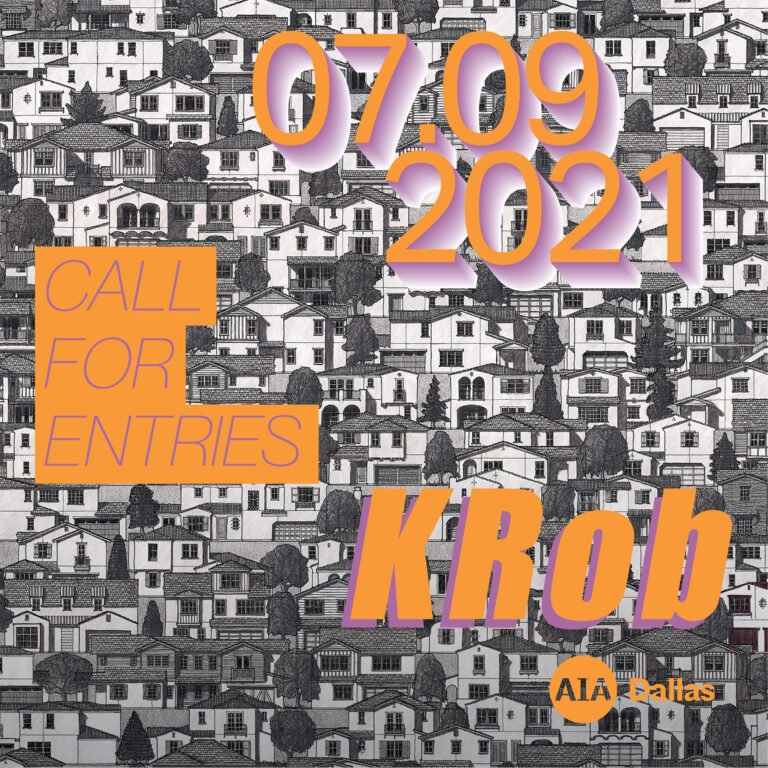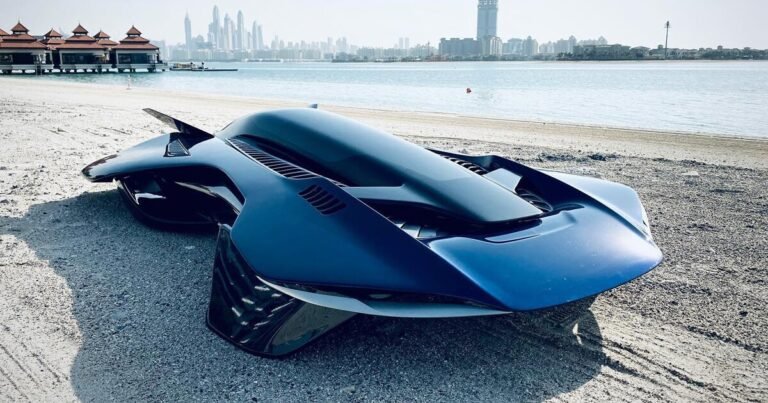When the Architect Designs for Communities: 9 Cultural Equipments
When the Architect Designs for Communities: 9 Cultural Equipments

A public program fulfills several functions that, in addition to improving the social dynamics of the surroundings, can be an important factor in increasing the feeling of belonging, the offer of jobs and services, and the quality of life in the area. Therefore, after presenting popular housing projects developed in Brazilian communities, we searched for cultural equipment that occupy rural and urban areas that are less privileged in terms of infrastructure.
It is worth mentioning that we understand culture as the referential accumulation of a people through the most different actions, whether artistic or not. Thus, there is a wide variety of programs in the selected works. Get to know them below.
In order to strengthen the sense of community in the workplace and encourage poverty reduction, Estudio Flume carried out the project of the Cooperativa das Mulheres Produtoras de Castanhas de Caju, in Bom Jesus das Selvas, Maranhão. The project transformed a small house in the community into the group’s headquarters and also a meeting point for the community.


“The tight budget and construction deadlines lead us to reuse as much as the existing building as possible and to introduce a limited palette of materials. Hence the use the ceramic bricks and traditional bricklaying techniques. (…) The lack of public spaces in the town motivated us to introduce facilities like the sunroom and concrete bench on the facade. These non-prescribed spaces invite the community to meet.”

Also designed by Estudio Flume, the refurbishment and expansion of the Casa de Farinha de babaçu, in Serra, Maranhão, aimed at improving the production facilities by extending the existing building, upgrading materials, and re-arranging the internal layout to meet hygienic certification. That valued more the commerce and the work carried out by the “quebradeiras” (breakers), women that collect and hand-break babassu coconuts to obtain oil and flour. Babaçu from the quebradeiras ends up in bread, cakes, cleaning materials, cosmetics, drinks, handicrafts, margarine, porridge, and soap.


“The project incorporates an access area with the function of an anteroom and/or balcony, in a socialization space between the quebradeiras and the community. This shaded area is delimited by a planter, in the care of the quebradeiras. The front façade door was removed and replaced by a hollow element, creating permanent ventilation, topped off by a bench, creating communication between interior and exterior.”

In turn, the Banco dos Cajuais – Aquasis Visitor Center, carried out by Rede Arquitetos, designs an exhibition and educational space for the NGO Aquasis – Association for Research and Preservation of Aquatic Ecosystems – to receive visitors at Picos beach, east coast of Ceará. The center will be used to present the NGO’s projects for the preservation of endangered species of the fauna in the northeast of Brazil, especially in the biodiversity of Ceará.


“A small pavilion was proposed, capable of growing or reducing its dimensions based on the budget, formed by U-shaped walls that expand its structural capacity, protect the openings from direct sunlight, and create exhibition niches. The internal space was also qualified by the creation of varied floor levels that generate different scales and possible appropriations.”

Galeria Babilônia 1500 was born out of an affective family relationship between the owner and the Babilônia Hill, in Rio de Janeiro. Rua Arquitetos adapted the ruin of an unfinished house at the top of the hill to install a photo gallery that connects with the landscape and surroundings.


“As a way to visually connect the floors, opened up a gap between the gallery and the office, treat the closure of the entire circulation with maçaranduba wood, commonly used as support anchors for concrete slabs and painted the whole set with light gray ink.”

Community Center Cambury, on the north coast of São Paulo, was designed by CRU! Architects to meet three main requirements presented by the local association: provide a community space to hold meetings, school activities, or other events, as well as multiple separate rooms for classes and spaces to store stuff; to form a perception of the geographical center of the neighborhood; to integrate the building within the surrounding landscape and the existing school located on the same site.


“The center is oriented in the direction of the sea to catch the main wind for ventilation. By raising the roof sufficiently high and by avoiding perpendicular walls blocking airflow inside the building, the ventilation flow is optimal. Under warm and humid conditions higher wind velocities have a positive effect on the physiological as well as psychological wellbeing. (…) Bamboo was adopted to make larger frames than wattle and daub constructions and rammed earth was also reintroduced.”

Faced with the violence and daily struggle of indigenous peoples to keep their cultures alive, Xingu Canopies is a project carried out by Estúdio Gustavo Utrabo that takes place not only in a context of political confrontation and resistance, but also from a different way of relate to indigenous communities, since today’s villages and their inhabitants no longer match the old idyllic visions of modernity. The work uses local and industrial materials, revealing the passage of time and opening up, by claiming the versatile support needed by the community of the Kisêdjê Settlement.


“Based on discussions between architecture, local builders and ancestral knowledge, the Canopies for the Xingu Indigenous Park intend to relate with a culture without property and without owner, which developed its specific architectonic solutions, such as the assemblage of low maintenance elements, the use of raw materials, and by keeping a concentric space in its middle, to gather the community in collective activities.”

In the village known as Favelinha (Aglomerado da Serra, Belo Horizonte), Coletivo LEVANTE completed the work of Centro Cultural Lá da Favelinha. The architectural intervention took approximately three years in a collective process that involved the community and the team responsible for the project.


“The intervention brought some suppressions and spatial corrections, in order to better organize empty spaces, more open to free appropriation (ground and terrace), and those more compartmentalized and with defined uses (second floor). The project also promotes the circulation of air and the entry of natural light in all spaces, adopting hollow elements and taking advantage of openings for the gap between the two walls on the back border, through which surprising indirect light arrives. Red strips of agrarian canvas – striking elements of the façade and roof – alleviate the direct sunlight, affirm the presence of the Centro Cultural in the community and establish a subtle limit between the internal spaces and the landscape.”

Pavilhão Social is part of the projects foreseen in the Master Plan of Paraisópolis 2010-2025 of the Municipality of São Paulo. Created by the architects Anália Amorim, Ciro Pirondi and Ruben Otero, the initial objective of the project was to relocate some educational and social programs whose headquarters had to be removed due to infrastructure works or because they were in risk areas.


During the pandemic, because of its condition as a covered, but open and well-ventilated space, the Pavilhão managed to gather all the activities to fight Covid-19. “Today, with the situation more controlled, the Pavilhão has also taken on a cultural role. Its central space is home to art and photography exhibitions; on the mezzanine, rehearsals for the ballet of Paraisópolis were resumed.”

The project for the Arena do Morro gymnasium was carried out within the proposal for the 2009 urban plan: “A Vision for Mãe Luiza”, a favela located in Parque das Dunas in Natal. The gymnasium proposal was designed by Swiss architects and Pritzker Prize winners, Herzog & de Meuron, containing a sports field with tiered seating for 420 people, multipurpose rooms for dance and education, a terrace with ocean views, as well as changing rooms and public restrooms.


“The existing structure of the old gymnasium – a concrete field framed by columns and trusses without a roof or walls – defines the starting point for our project. Its geometry is extruded over the entire building area, creating a single large roof whose shape is limited and defined by the site boundaries. The roof introduces a new scale in Mãe Luiza and at the same time establishes a relationship to the widespread traditional approach of using a generous roof to create large public spaces in the North East of Brazil. It becomes a symbol of the community.”

contact us.






